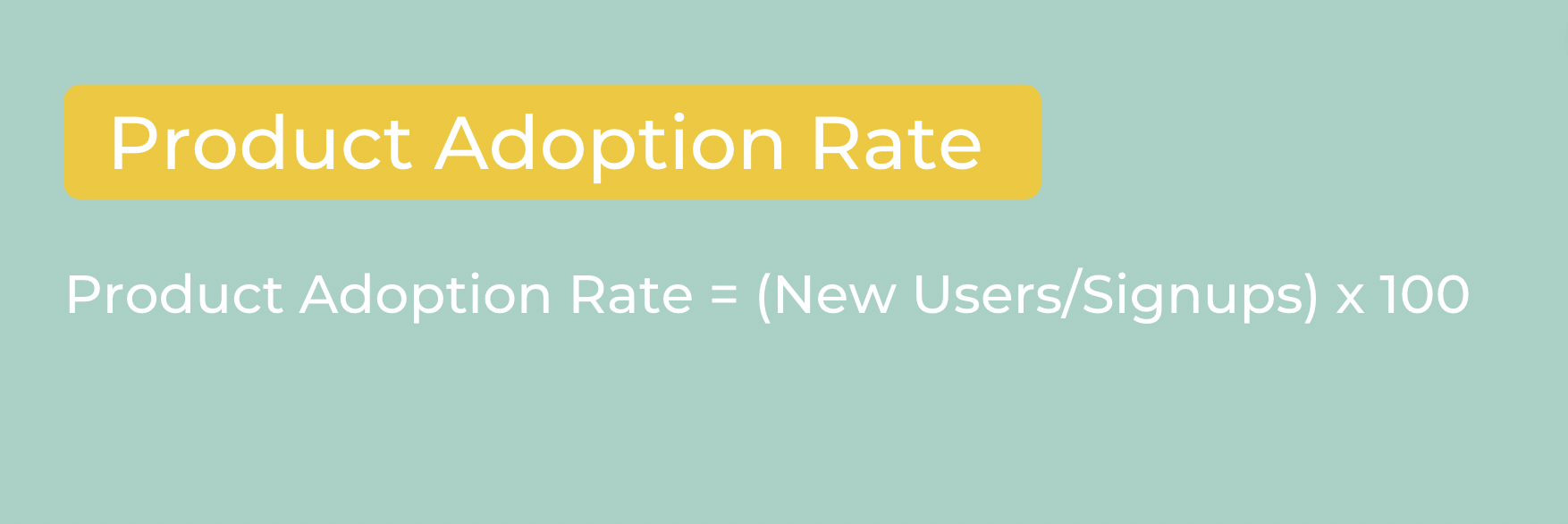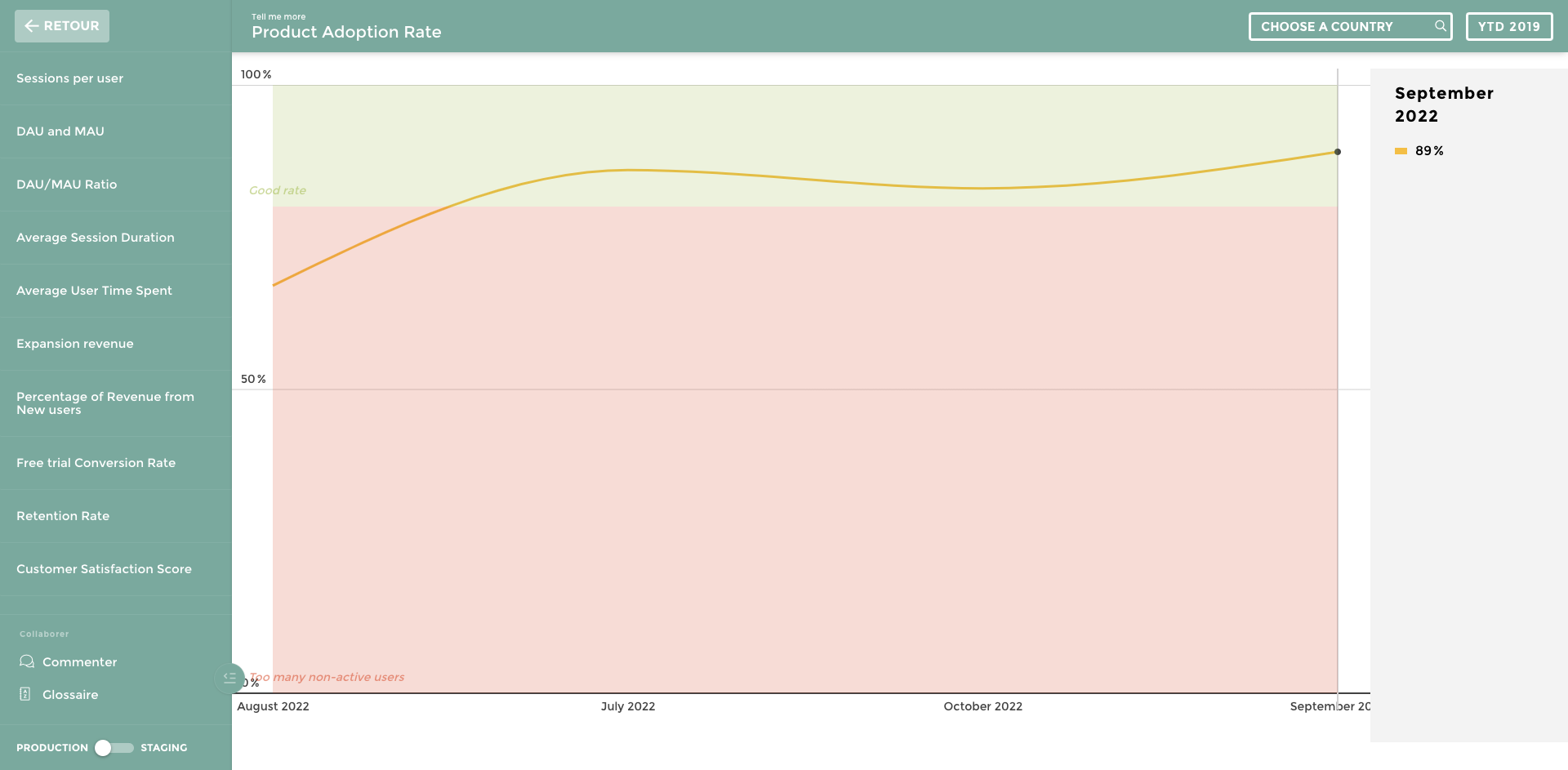Product Adoption Rate - What is it?
Product adoption rate is a key metric for SaaS and web-based companies that sell licensed software. The product adoption rate is defined as the measure of active users against the total licenses purchased.
The product adoption rate is crucial to understanding how many of your users are actually using your product. After all, upselling your product and getting your existing customers to renew is the goal of every software company.
Let's take a SaaS company as an example. They have active users and are experiencing signups for their product but they want to know how many of those signups and users turn into daily users. We'll expand on this example, show you how to calculate product adoption rate, and explain why it should be a priority for every product manager.
How to Calculate the Product Adoption Rate
Calculating your company's product adoption rate can be different depending on the terminology and structure of your business, but this is a simple formula that most companies can follow.

We'll continue with our SaaS company to give you an example. They gained 100 new users in the last 3 months out of 500 license purchases in the same timeframe. Given these figures, our company's product adoption rate is 20%.
Given that their product adoption rate is 20%, our SaaS company clearly has to revamp its strategy, although not all companies need to rethink their product strategy if their adoption rates are low depending on volume and profits.
However, across the board, higher product adoption rates will result in company growth and signify that the product is satisfying its customer base's expectations.
Why is the Product Adoption Rate Important?
At the end of the day, each company has its own strategy, some focus on the sheer volume of users, while others focus on converting as many users as possible to increase adoption rates. That being said, high product adoption rates are the goal of many companies, especially as users are finding alternatives that cater directly to their needs.
Understanding your users and how integral your product is to them is ultimately the most effective way to achieve growth. Monitoring your product adoption rate will allow your product team to suggest the most resource-efficient upgrades and features to a product, ensuring that the churn rate remains at a low.



.png?width=721&name=CTA%20Template%20%E2%80%94%20Free%20Trial%20(2).png)